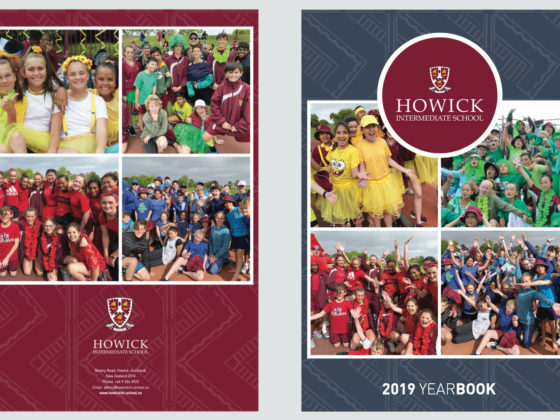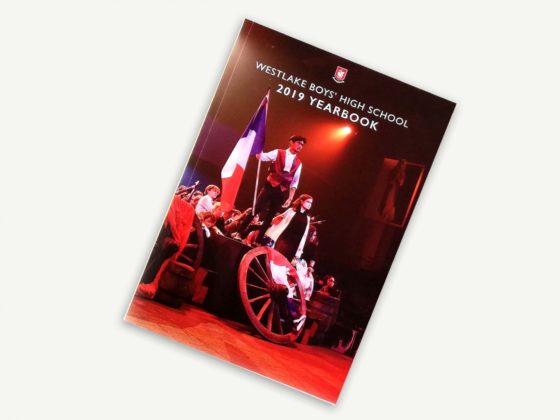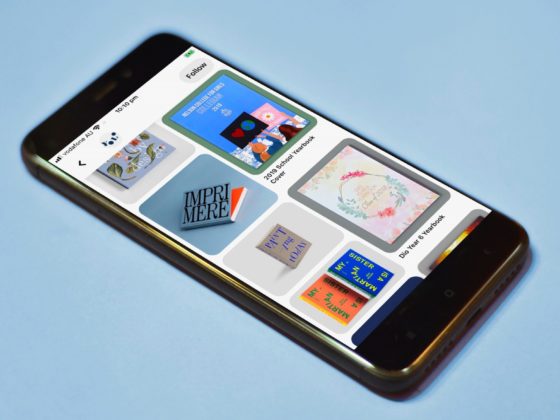High flash photography – the art of blasting light everywhere – is very popular at the moment.
Senior report at Racked, Eliza Hood, says the key elements of this ubiquitous photography style are a direct flash, high colour saturation, and a blunt-force sense of hyperreality – a style traditionally used in product photography is being used on people too.
Whatever your thoughts are on ‘high flash photography’ – and the practicality of it for school yearbooks – colour saturation is the ‘in-thing’ and one that demonstrates how careful attention to photography can bring your publication to life, showcasing the students, teachers, activities, events and community.
In this article, we’ll look at three aspects of yearbook photography:
- Capturing the right shots;
- Collating and storing images; and
- Creative photographic ideas.
1. Capturing the Moment
It’s beneficial to have someone on staff who focuses on photography at your school events, including sports days, special assemblies, school visits, cultural events and award ceremonies. Ideally, they should use a zoom lens camera to capture close up images. Wide shots are ok as a record of what took place, but close-ups convey the emotion and energy of the occasion. However, this person can’t be expected to cover every situation, so it’s essential to have a network of staff that can supply you with photos throughout the year.
2. Saving the Moment
It can be a mundane task but collating and storing these images will pay off eventually when you start working on your yearbook. A 96-page yearbook often comprises 400 to 600 photos, so building up an image library through the year is very important.
Having a cloud-based photo account such ask Flickr or Google Photos is a great way for everyone to contribute their images and it gives you a resource that is automatically catalogued by date and searchable. Social media is another excellent source of pictures, although you may need to contact contributors to obtain permission and possibly a higher quality version of their photos if available.
3. Time to Get Creative!
Creativity begins before you press the shutter button. Think about the event you are covering and what would be the best way to record it. If it’s a swim meet, you could use a low-cost waterproof camera to get amongst the action. Sports events like basketball look stunning when captured with a slow frame rate to blur the motion. Vary your shots with overhead or low-angles.
There are many ways to enhance existing images too. You could remove the photo’s background to emphasise the subject (apps like Photoshop or Microsoft Word allow you to remove backgrounds). Sometimes all an image requires is some cropping and colour correction to make it work.
For more photographic ideas and inspiration, check out our Gallery page.



